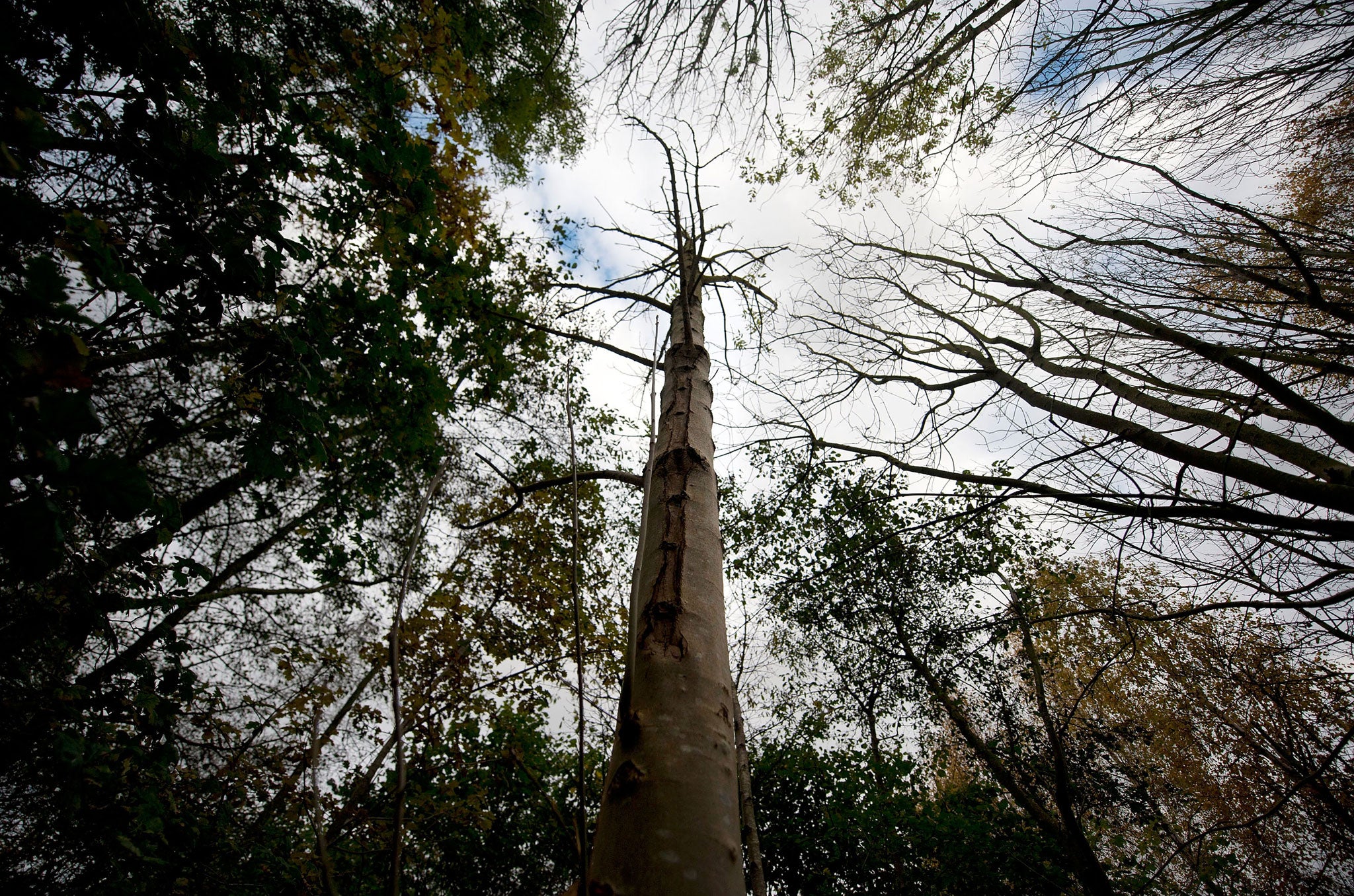Ash dieback plant epidemic: What is it and how can it be stopped?
Warnings have been issued about the fatal disease now present in Britain

Britain’s wildlife is facing a disease which conservationists warn could wipe out huge swathes of landscape. Yet, many gardeners are unfamiliar with what ash dieback is and how it can be spotted.
The environmental group Woodland Trust has issued a warning about ash dieback after it completed data analysis mapping trees across England and Wales to assess the impact of the issue.
The tree disease threatens to dramatically alter the countryside’s appearance.
The trust has announced that in response to the threat, they will be providing one thousand subsidised “disease recovery packs” containing “trees specifically to be planted in hedgerows, verges, along field edges and waterside in their wider landscape.”
Each pack will contain 45 trees and members of the public as well as organisations are invited to take part in the campaign.
What is ash dieback?
Ash dieback is a fungal disease.
It is caused by the fungus Hymenoscyphus fraxineus.
How long has it been around?
It was first recorded in Europe in 1992, but made its first appearance in the UK in 2012.
What does it look like?
Key signs include: brown leaves, lesions on stems, white spotted fungi, grey/ brown bark and dark wood.
Black blotches will often appear on affected leaves, whilst wilting and shrivelling of leaves is also common.
How will it affect the countryside?
Not only will plants die, but this could create a knock on effect as wildlife dependent on hedgerows and trees for their habitat lose their environments.
Subscribe to Independent Premium to bookmark this article
Want to bookmark your favourite articles and stories to read or reference later? Start your Independent Premium subscription today.

Join our commenting forum
Join thought-provoking conversations, follow other Independent readers and see their replies